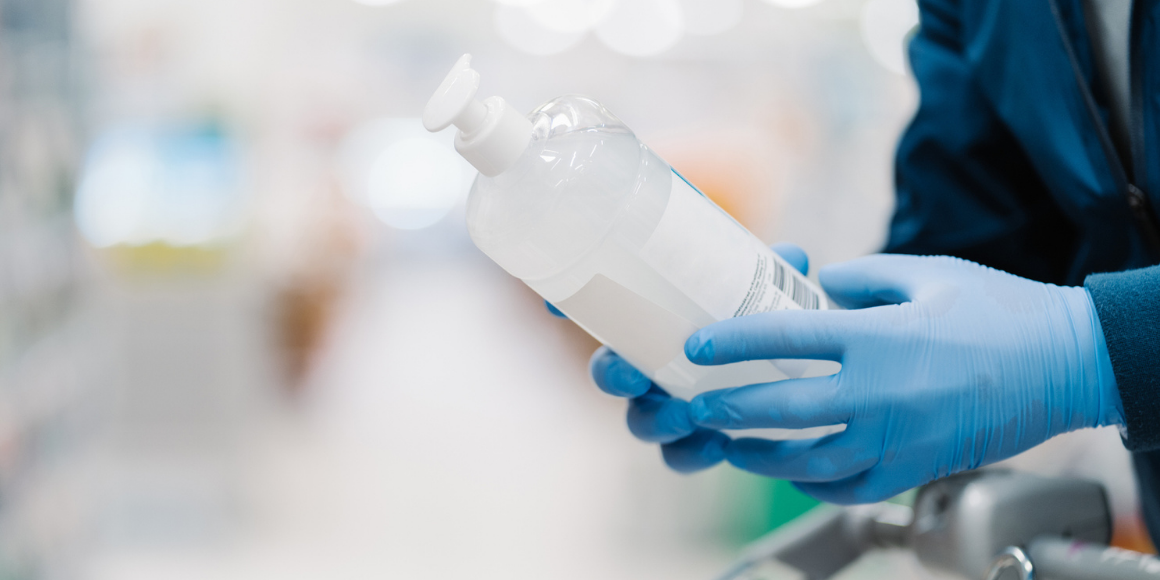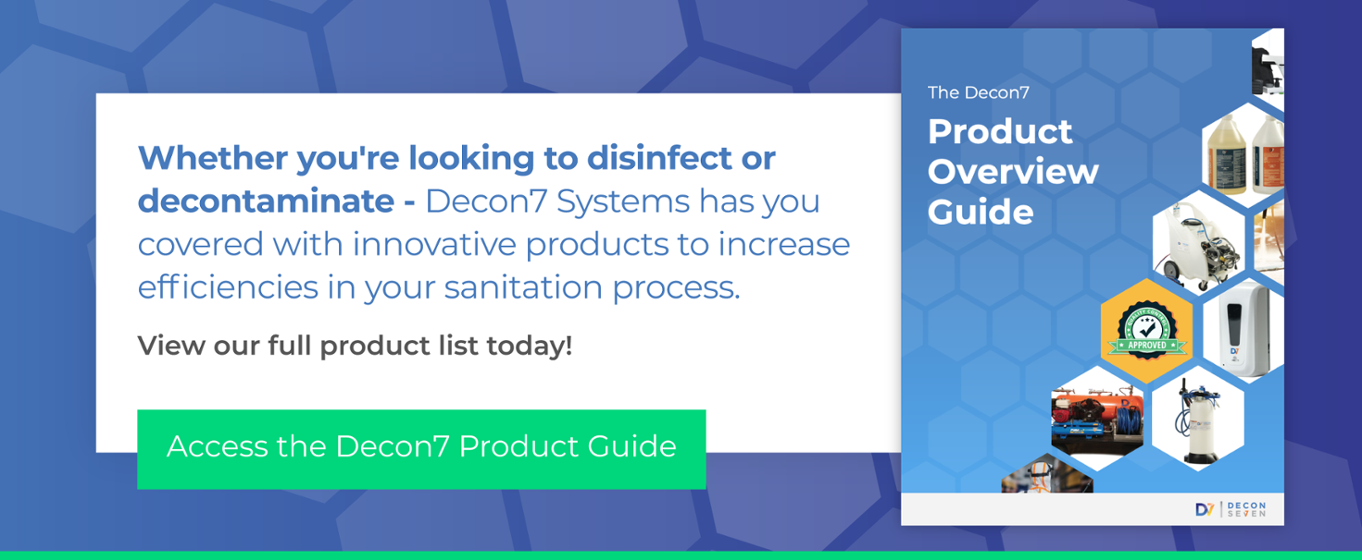
When choosing cleaning products, one of the first steps is understanding the differences between cleaners, sanitizers, and disinfectants. If your goal is to eliminate both bacteria and viruses, you need a disinfectant. However, regardless of the product you choose, it needs to be registered with the Environmental Protection Agency (EPA).
What Does the EPA Do?
The EPA is the government agency responsible for protecting human health and the environment. As part of that mission, the organization reviews chemicals in the marketplace for safety. Because all disinfectants are technically microbial pesticides, they fall under the Federal Insecticide, Fungicide, and Rodenticide Act (FIFRA). The EPA monitors compliance with FIFRA by conducting inspections, receiving tips about violations, and reviewing product labels.
What Does ‘EPA-Registered Disinfectant’ Mean?
When a new product is developed—or when the manufacturers of an existing product want to make label claims about it killing bacteria, viruses, or fungi—it must be registered with the EPA. Products manufactured in other countries must also go through the registration process before being legally sold in the U.S. The registration process is designed to ensure the accuracy of public health claims and evaluate product efficacy. Once registered, a product may be legally distributed and sold in the U.S.
How the EPA Registration Process Works
The EPA provides a pesticide registration manual for companies that wish to register a disinfectant. Registration requires a rigorous scientific assessment of the product, so you can be confident that any product that has gone through the process is both safe and effective when applied according to the directions on the label.
For antimicrobial pesticides regulated under FIFRA, the process includes:
-
- Attending an optional pre-application meeting to discuss and confirm data and labeling requirements.
- Presenting the scientific data that has been generated to support the product’s requested label claims.
- Obtaining an EPA company number.
- Completing the application package, including:
- Fee payment
- Cover letter
- Application form
- Company information
- Draft labeling
- Scientific data
- Confidential statement of the formulation
- Product chemistry and toxicology data
- Efficacy data
- Child-resistant packaging certification
- Restricted use classification
- Statement concerning tolerances
Once received, the EPA reviews the registration submission in three steps:
-
- An initial 21-day content screen ensures all required elements are included in the submission.
- A preliminary technical screen confirms accuracy and completeness of data, consistency with proposed labeling, and confirmation that full review could result in registration.
- An in-depth review identifies data deficiencies.
Throughout the process, companies have opportunities to respond to the EPA’s questions or requests for more information. After the three-part review process, the EPA makes a regulatory determination to grant registration. Once registered with the EPA, the product label is available on the EPA website.
Products must also be registered in individual states in which the company intends to sell. Ongoing compliance requires maintenance fees and annual reports to the EPA, and individual states may have specific requirements for staying on the market.
D7: An EPA-Registered Disinfectant
D7 are registered with the EPA and can be distributed and sold in any state. In response to the global pandemic, the products were also registered on the EPA’s List N, meaning they have been tested and shown to be effective against COVID-19. Since then, the company has undergone the necessary steps to have SARS-CoV-2 added to the label, so it is now an official claim.
EPA registration is a minimum requirement for marketing a disinfectant in the U.S.—it does not mean that all products are the same. D7 has advantages over other disinfectants, making it a smart choice for a broad range of applications. Here are some of its benefits:
-
- High log kill rate
- Easy application as foam, liquid spray, or fog
- Short contact time of just one minute*
- Visible foam where the product has been applied
- No mechanical scrubbing required to be effective
- Unique formulation that cleans and disinfects at the same time
*See label for specific use instructions


